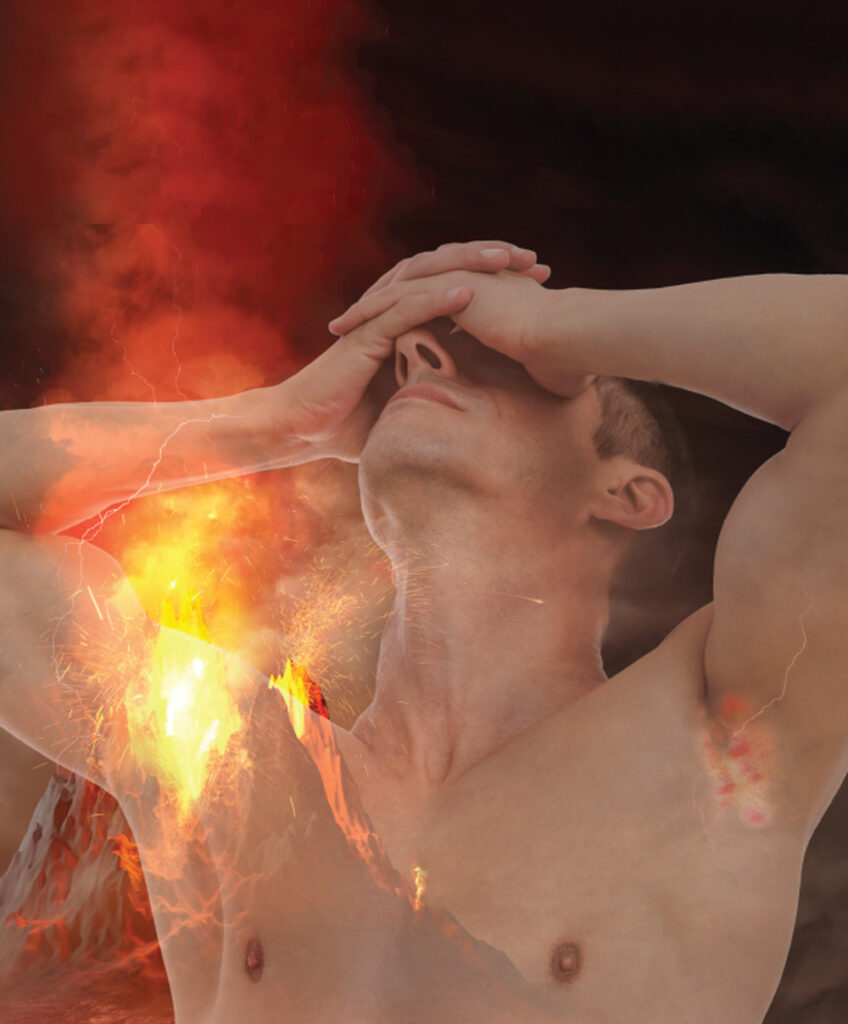By Iltefat H. Hamzavi, MD

Detroit, Michigan
Dr. Kirby’s article on the management of hidradenitis suppurativa (HS) provides an excellent review of general principles and practical pearls along with some important messages to practitioners.
I echo Dr. Kirby in encouraging dermatologists to apply both their medical knowledge and surgical skills to the care of patients with HS. Following are a few tips for optimizing surgical outcomes.
Our experience highlights the value of incorporating preoperative ultrasound for lesion mapping.1 Ultrasound can aid in limiting both recurrences and morbidity through its ability to identify subclinical lesions and precisely characterize lesion depth, which often turns out to be shallower than believed.
Our experience also indicates that concern about keloid formation should not affect the decision to perform surgery for HS in patients with skin of color. In an internal review of patients in our institutional database, we found no cases of keloid formation among more than 1000 patients of African-American or Hispanic descent.
“Ultrasound can aid in limiting both recurrences and morbidity through its ability to identify subclinical lesions and precisely characterize lesion depth, which often turns out to be shallower than believed.”
Based on limited clinical studies, it appears that it may be best to allow wounds from HS wide excision to heal by secondary intention in most instances involving larger lesions in the axillae/ inguinal/buttock locations.2 Excellent wound care is critical when following this modality, and that raises 2 points. First, because dermatologists are experts in wound care, we have an important role as co-managing partners for
patients who require referral to a plastic surgeon for HS surgery. Second, be aware that under-resourced patients can face a huge challenge accessing dressings, which are often not covered by insurance. We have addressed this latter hurdle by collaboration with our pharmacy. After providing the pharmacist with information about the type and anticipated volume of dressings needed, our patients are able to acquire the materials at a reasonably low cost.
I also reiterate Dr. Kirby’s point that HS is associated with a number of comorbidities, so that patients are best served by a holistic approach to care. Diabetes and metabolic syndrome affect approximately 55% of our HS patients, compared with about one-third of the general population, and the prevalence of these conditions is even higher within the skin-of-color subgroup of our HS cohort.
Referral to a nutritionist for counseling about dietary management has the potential to benefit the skin disease and the whole health of HS patients. Patients are grateful for the care, and their appreciation and well-being makes practicing dermatology more enjoyable and highly fulfilling.
REFERENCES
1. Lyons AB, Zubair R, Kohli I, Hamzavi IH. Preoperative ultrasound for evaluation of hidradenitis suppurativa. Dermatol Surg. 2019;45(2):294-296.
2. Balik E, Eren T, Bulut T, et al. Surgical approach to extensive hidradenitis suppurativa in the perineal/perianal and gluteal regions. World J Surg. 2009;33(3):481-487.


